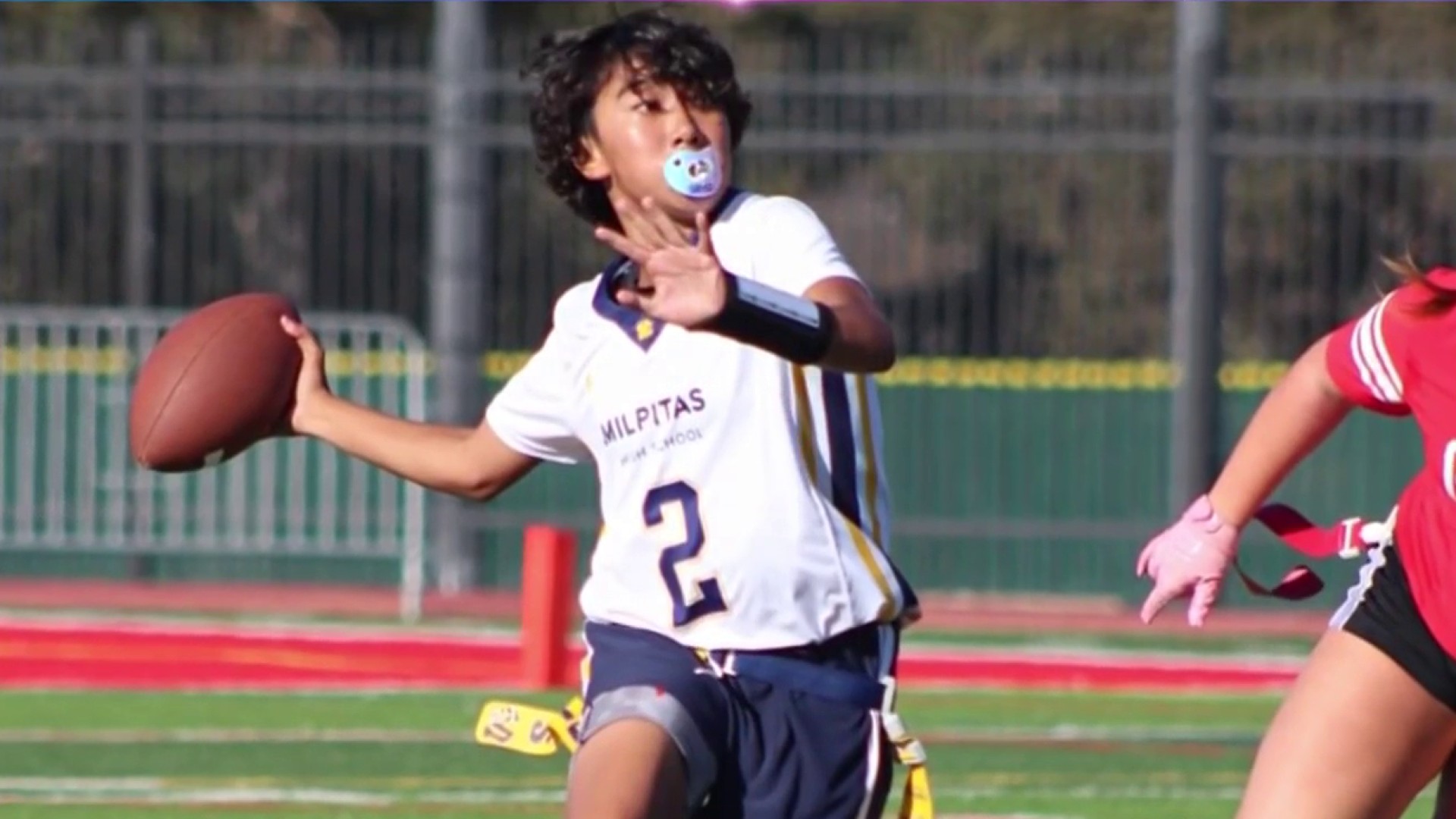
Poole: Remembering Vida Blue, Oakland's first Superman pitcher originally appeared on NBC Sports Bayarea
A country boy from a small town in Louisiana with a curious name arrived in Oakland as a 19-year-old blessed with a fastball from high heat heaven, and within six years he owned an MVP award, a Cy Young Award, three World Series rings and three 20-win seasons.
If only that could capture the sudden magnetism of young Vida Blue, who died Saturday at age 73.
For those who grew up in 1970s Oakland, Vida was the first Superman pitcher we could see live and in color, the green-and-gold of the A’s as owned by cranky showman Charles O. Finley. The three-time World Series champions of the early ‘70s had great pitchers, Hall of Famers, but only Vida brought flames.
Crowds were spellbound by a kid left-hander taming the bats of All-Star with a fastball easier heard than seen. One strike, lean forward in the seat. Two strikes, move to the edge. Three strikes, stand and prepare to marvel.
Each two-strike windup by Vida was a moment, not unlike Stephen Curry pulling up behind the 3-point line or Barry Bonds stepping into the batter’s box at the turn of the millennium. Anticipation rumbled through the ballpark, in Oakland and elsewhere.
In my childhood home, with a baseball-fan mother from Louisiana, Vida was spoken of by first name, as if he were a member of the family.
Sports
Vida’s “Blue Blazer,” as play-by-play man Monte Moore called his fastball, apparently clocked in the mid-to-upper 90s, with explosive movement. Sometimes it would cut, other times it seemed to rise on approach to the plate. We just knew it was fast.
“He throws harder than Sandy Koufax did,” Baltimore Orioles slugger Boog Powell told Sports Illustrated. “He has an effortless motion, a smooth, compact delivery. He goes out for nine innings and doesn't seem to weaken.”
Get a weekly recap of the latest San Francisco Bay Area housing news. Sign up for NBC Bay Area’s Housing Deconstructed newsletter.
So popular was Blue – attendance at the Oakland Coliseum would double or triple for his starts – that Finley requested his manager and staff to shuffle the rotation to maximize exposure at home.
Others brilliant pitchers have captivated the baseball world for a few years. The Tigers had Mark “The Bird” Fidrych. The Dodgers had Fernando “El Toro” Valenzuela. The Mets had Dwight “Doc” Gooden. The Marlins, years later, had Dontrelle “D-Train” Willis.
All wove magic from the mound, but none blasted on the scene with the sheer power of young Vida. Five weeks after his 21st birthday, he threw his first one-hitter. Ten days later, he threw a no-hitter.
The following year, 1971, Vida spun a season that reads like fiction. He won 10 consecutive games, going nine innings in all but one, in a six-week span before Memorial Day. He struck out 10 or more batters 13 times, including a 17 in an 11-inning shutout. He finished with a 24-8 record, with a 1.82 ERA, 0.952 WHIP and 301 strikeouts in 312 innings.
Such was the Vida Blue phenomenon that not only made the cover of Sports Illustrated magazine and The Sporting News but also the cover of Time magazine.
The attention Vida received reached levels he could not have imagined.
“It's a weird scene,” he once told reporters. “You win a few baseball games and all of a sudden you're surrounded by reporters and TV men with cameras asking you about Vietnam and race relations.”
He had indeed come a long way from DeSoto High, a segregated school in Mansfield, La., where he once pitched a seven-inning no-hitter, with strikeouts accounting for every out – but lost due to 10 walks.
After a brief run through the minor leagues, Blue was promoted to the A’s at age 19 largely because Finley saw dollar signs. Not many pitchers have electric stuff, particularly at 19, so he ordered the kid to the big leagues.
Vida’s first two seasons were meager, a total of 18 appearances, 10 starts, with mixed results. He clearly was rushed.
“It was a shame to bring up a kid like that when he hasn’t pitched two pro years,” said the legendary Joe DiMaggio, then a coach in Oakland. “He throws as hard as anybody, but he hasn’t learned to pitch yet.”
By his third season, in ’71, Vida was a master. The second half of his career was uneven; he was 110-67 in his first eight seasons in Oakland, 99-94 in his final season with the A’s, followed by stints with the Giants and Kansas City Royals.
In the latter years of his career, Vida battled off-field issues – including a cocaine charge that landed him in jail for three months – that derailed a career bound for the Hall of Fame.
As an adult in sports media, I got to know retired Vida a little bit. I would touch his left arm. “See if you still got it.” He’d chuckle, cuss, chuckle again.
As a kid chasing batting-practice baseballs in the Coliseum bleachers, time stopped when Vida took the mound. The memories will live forever.



